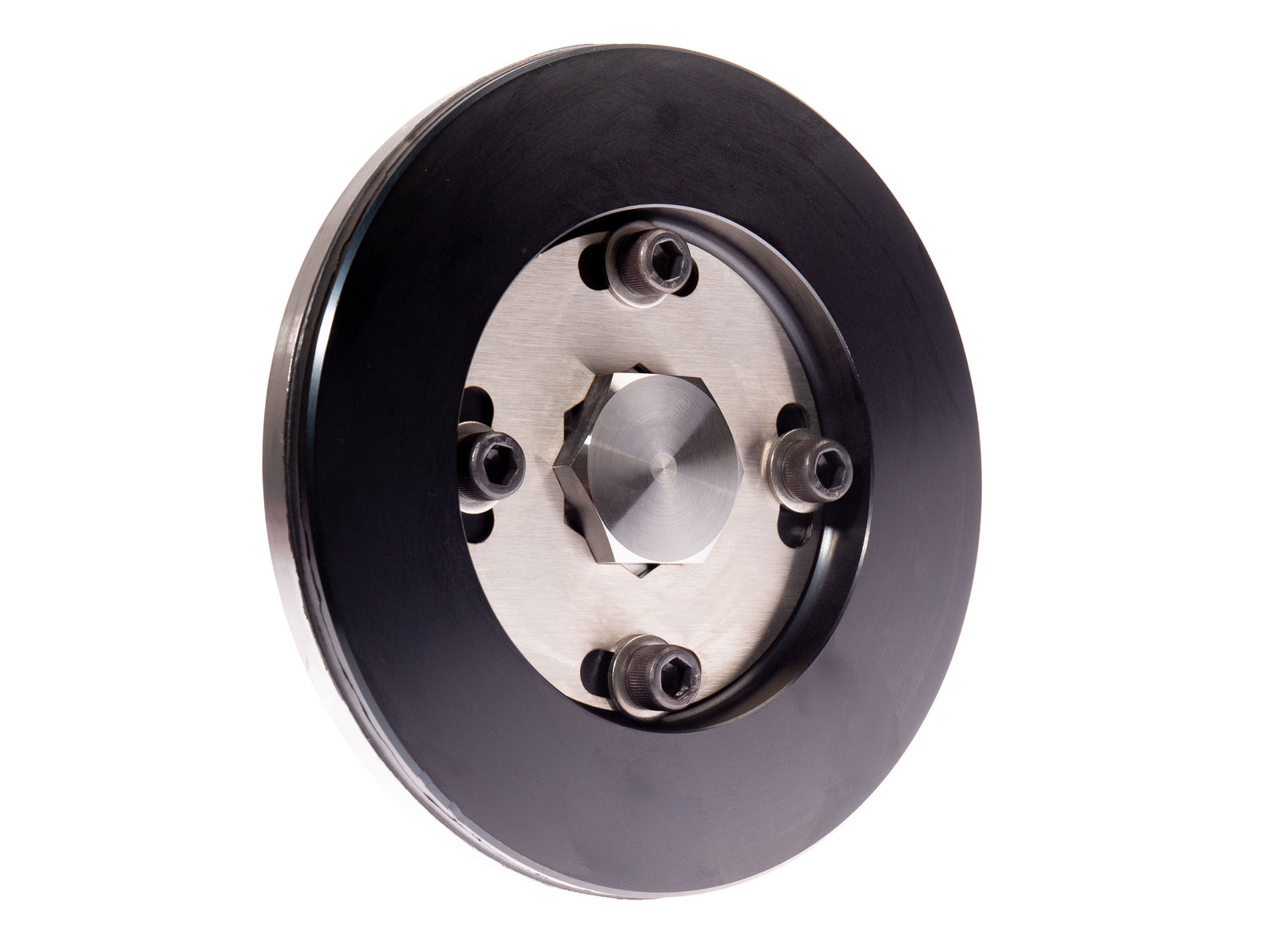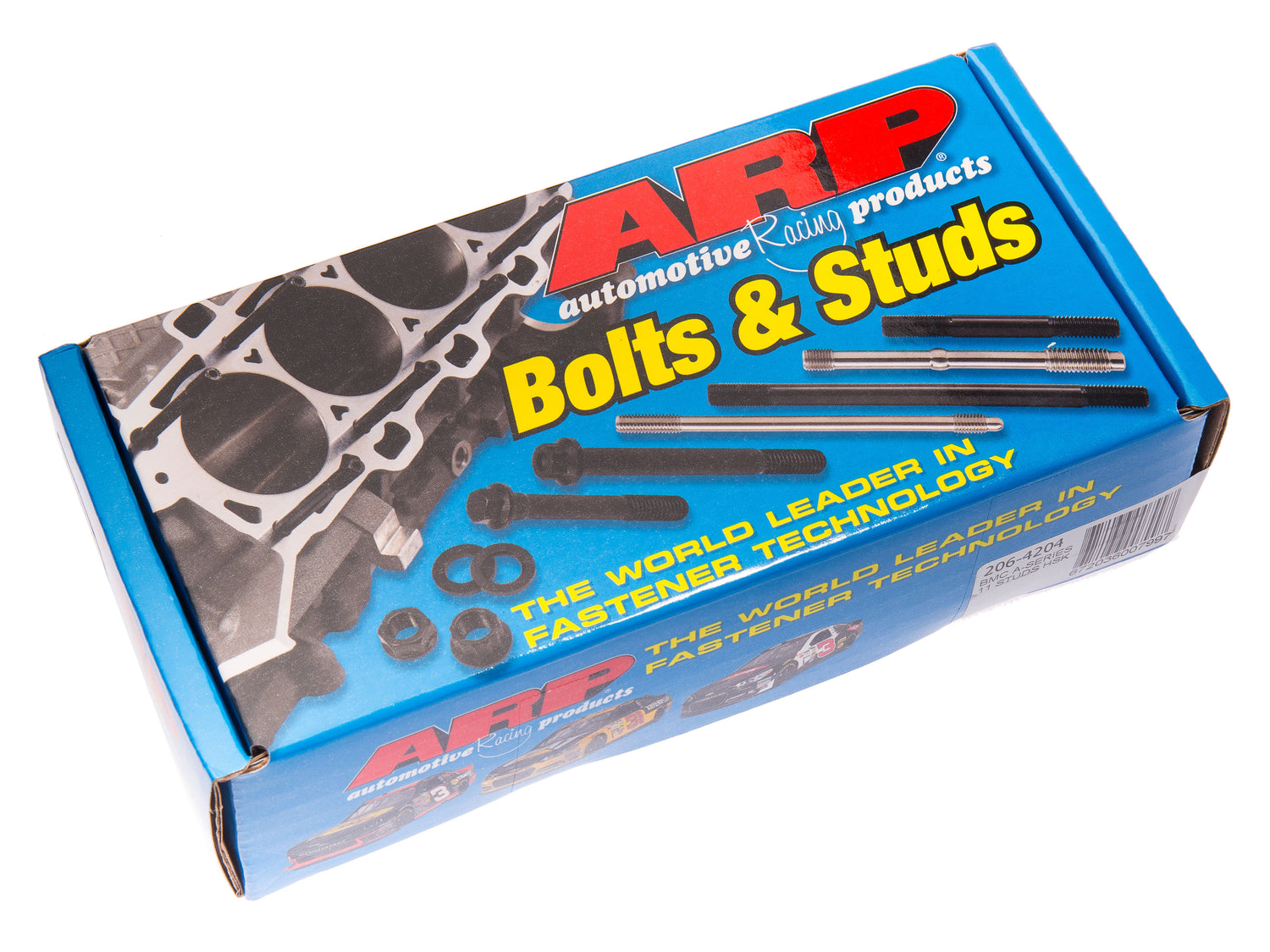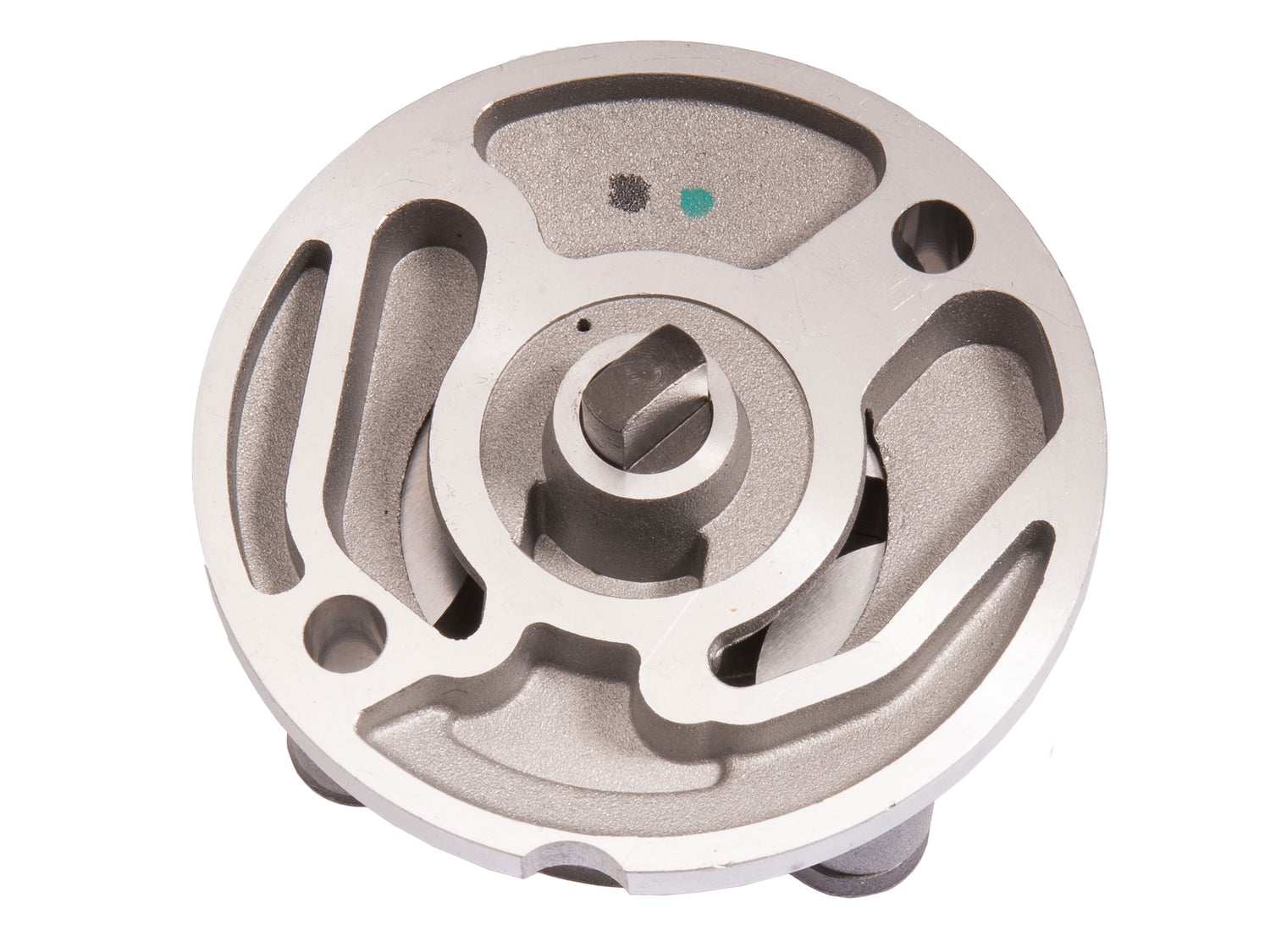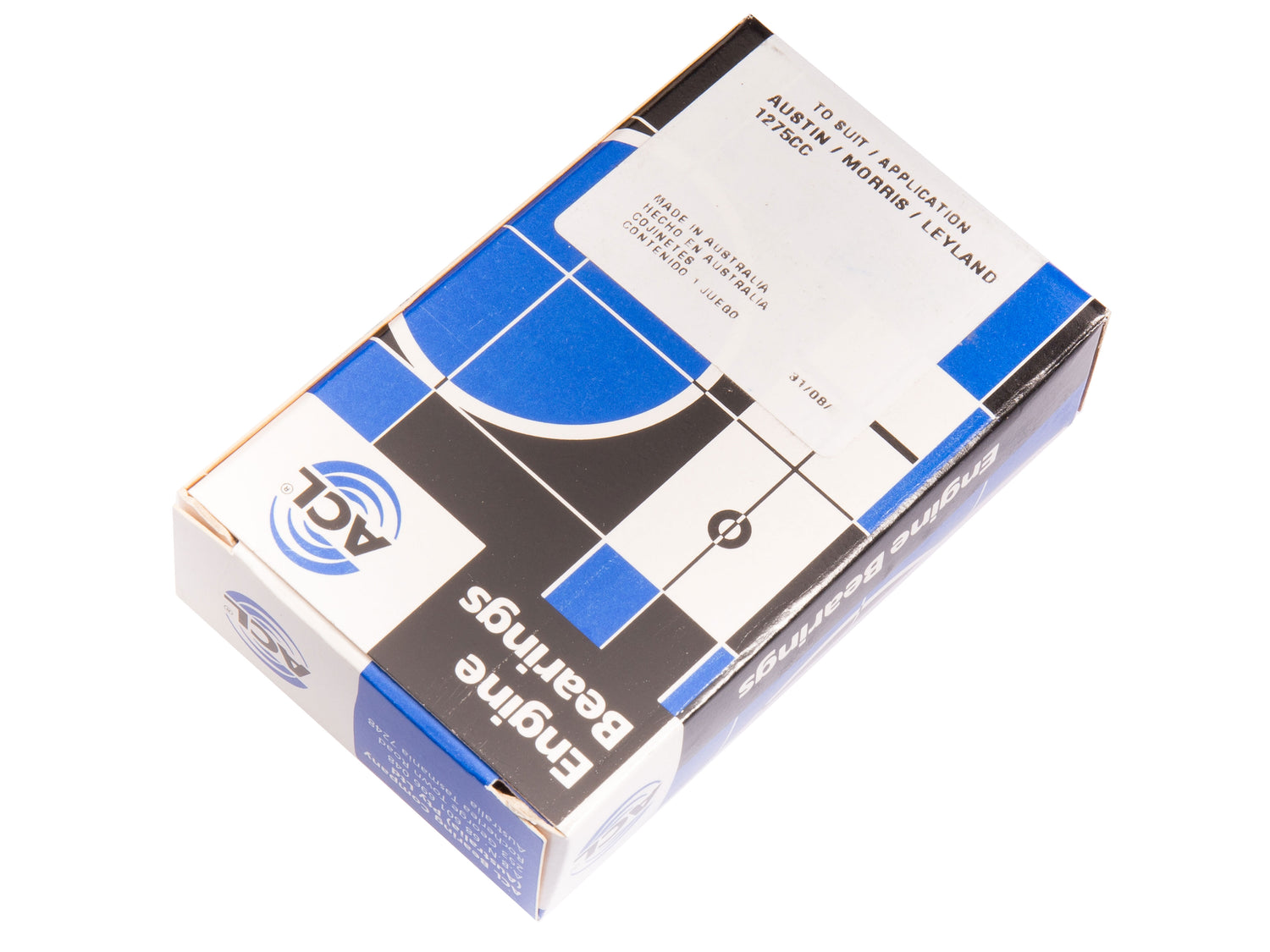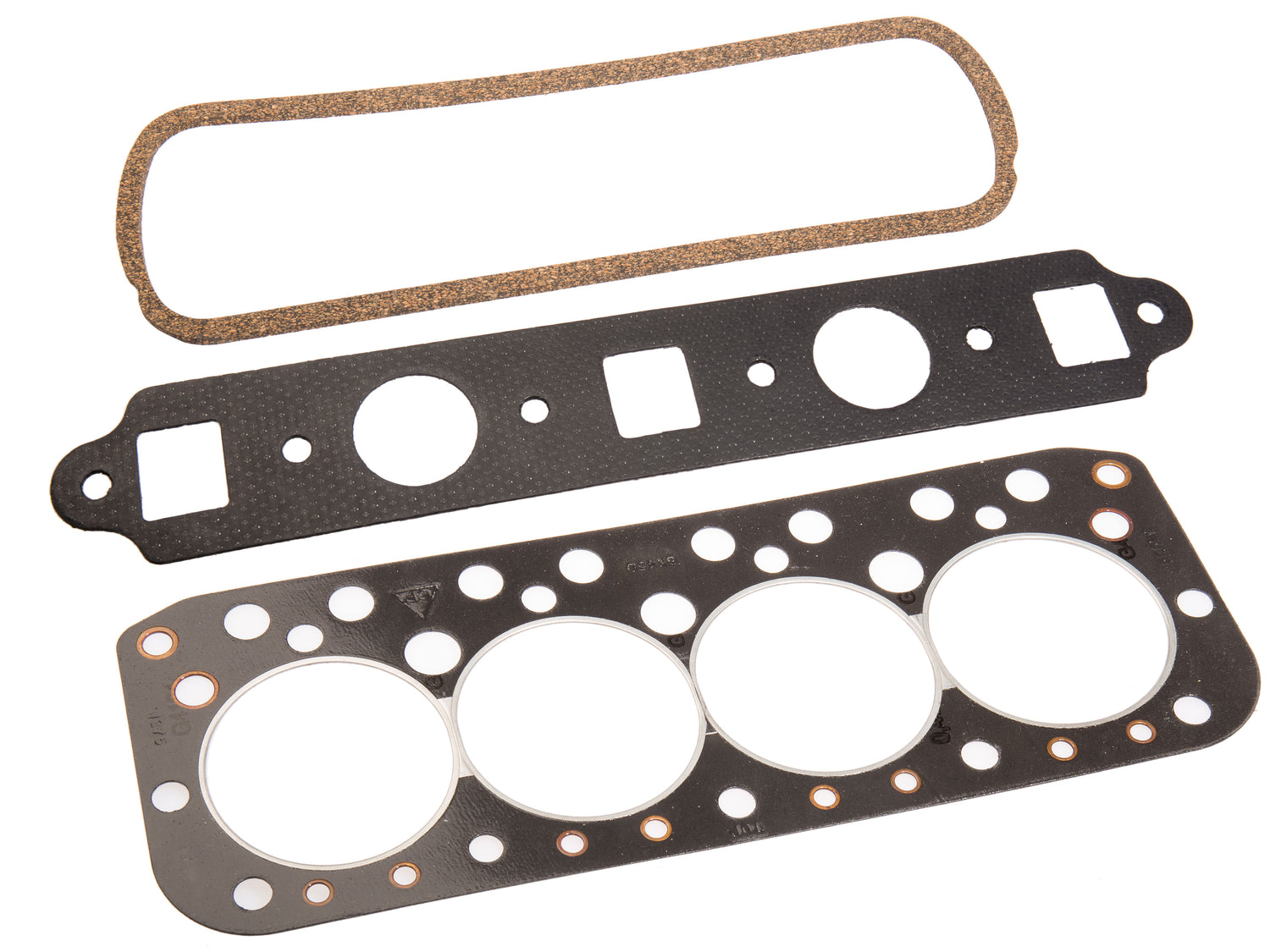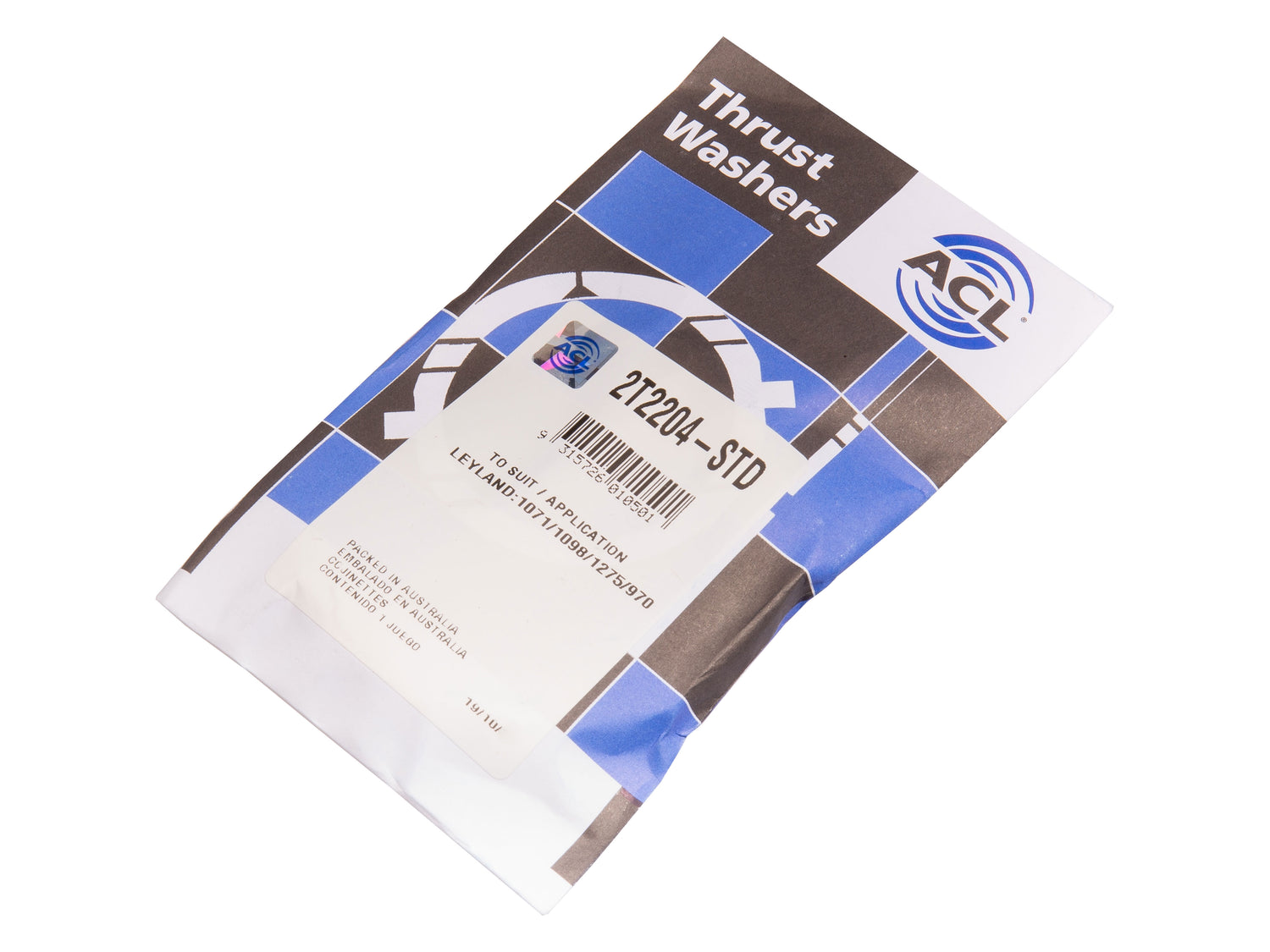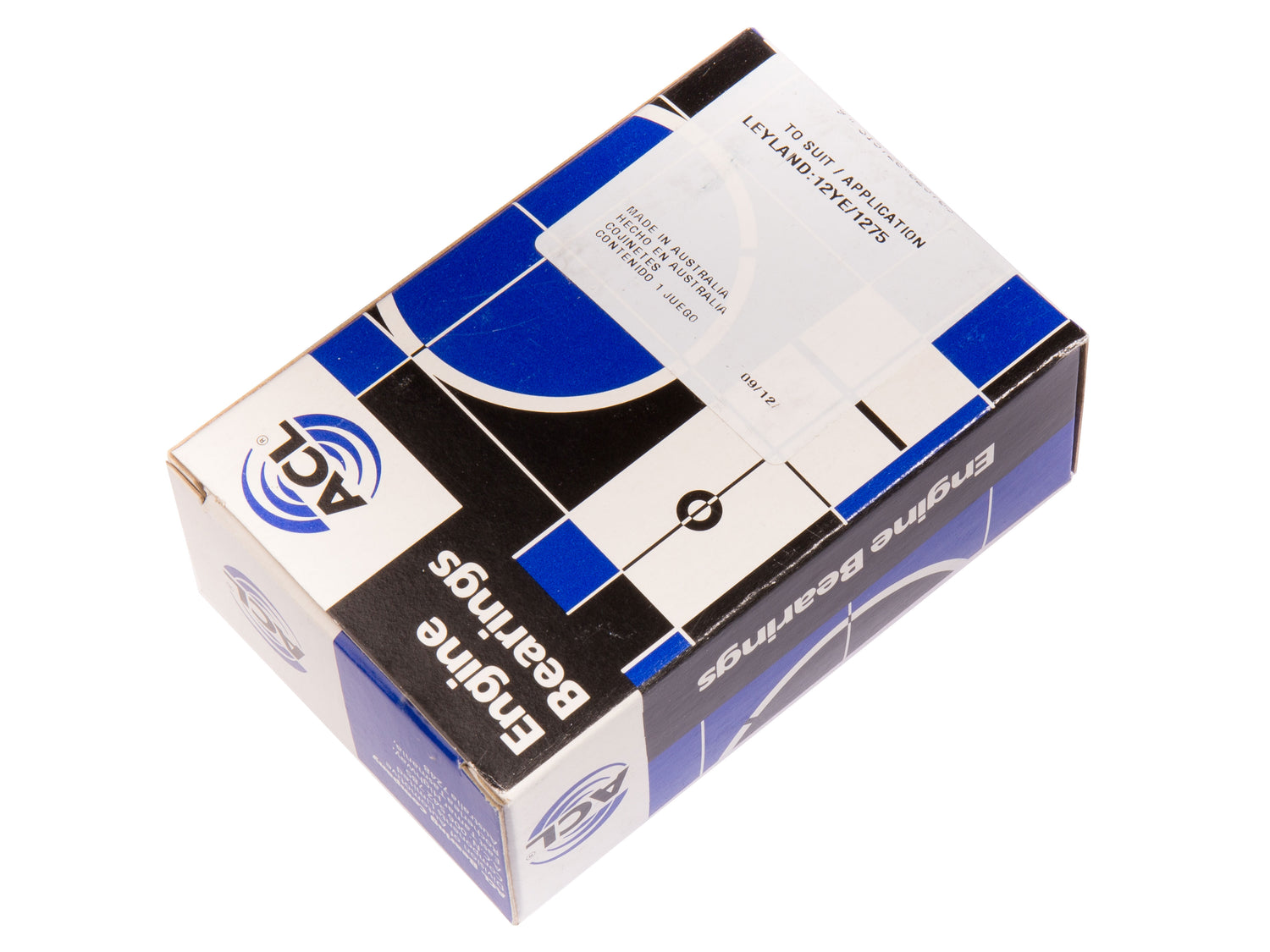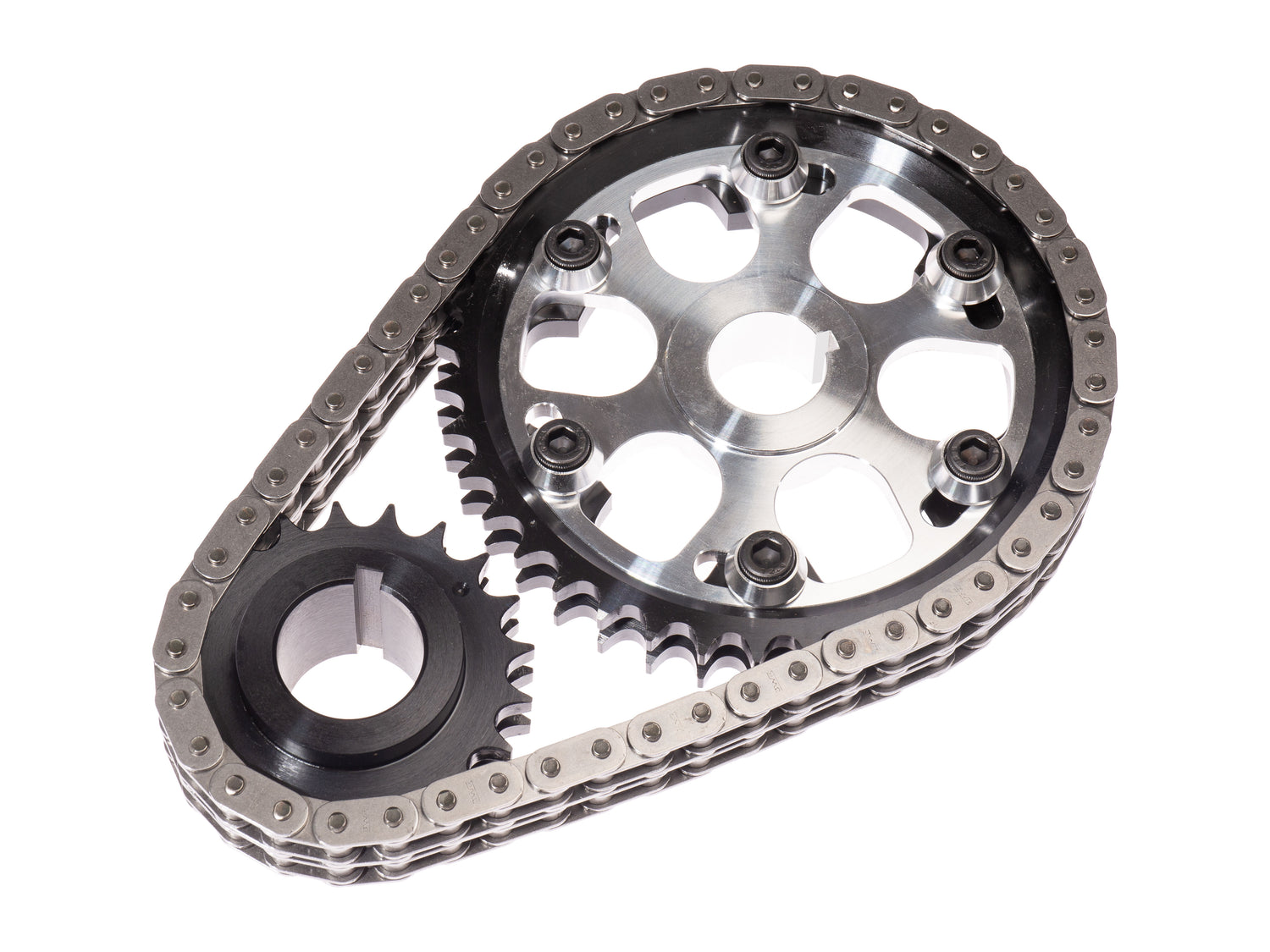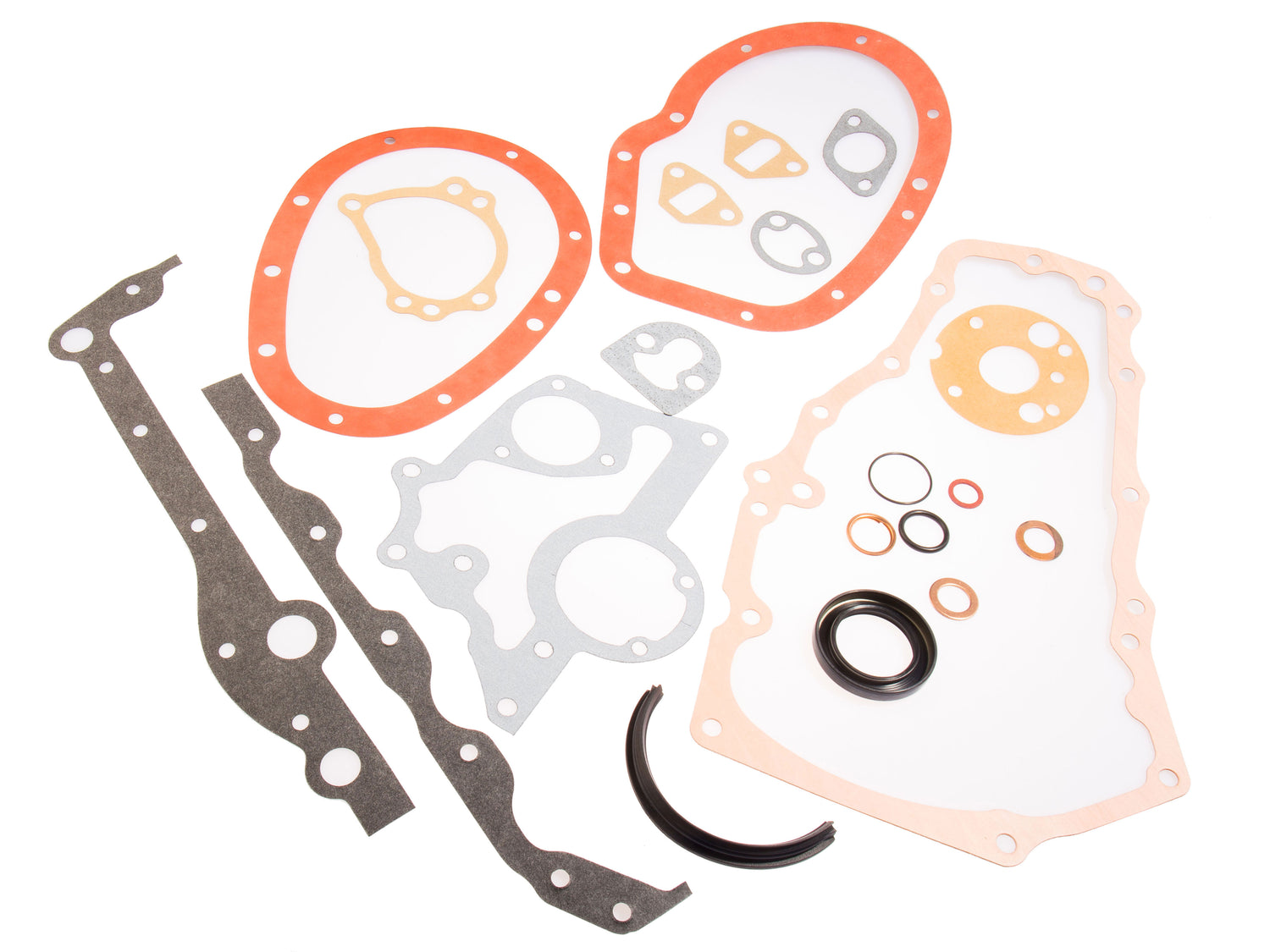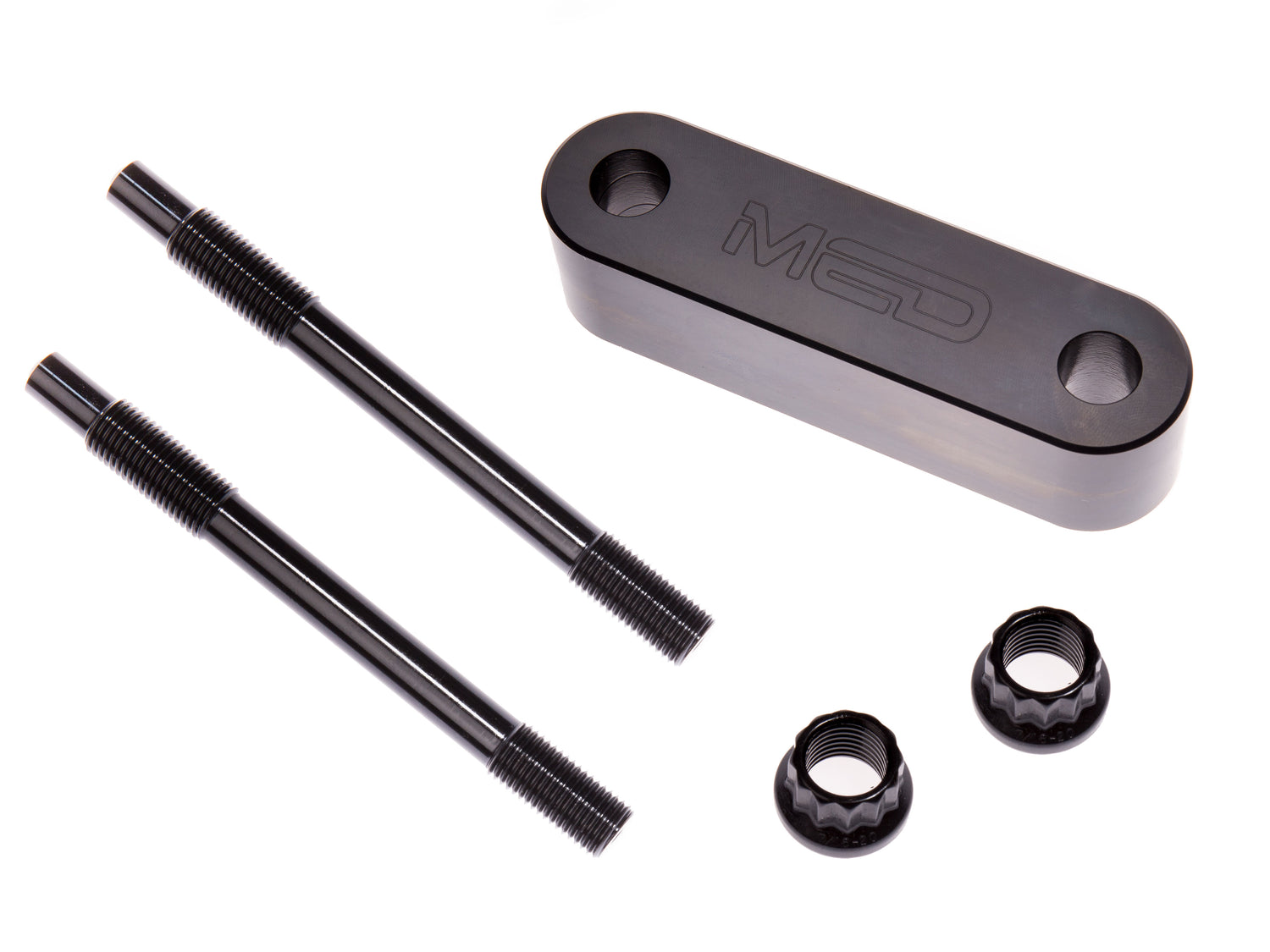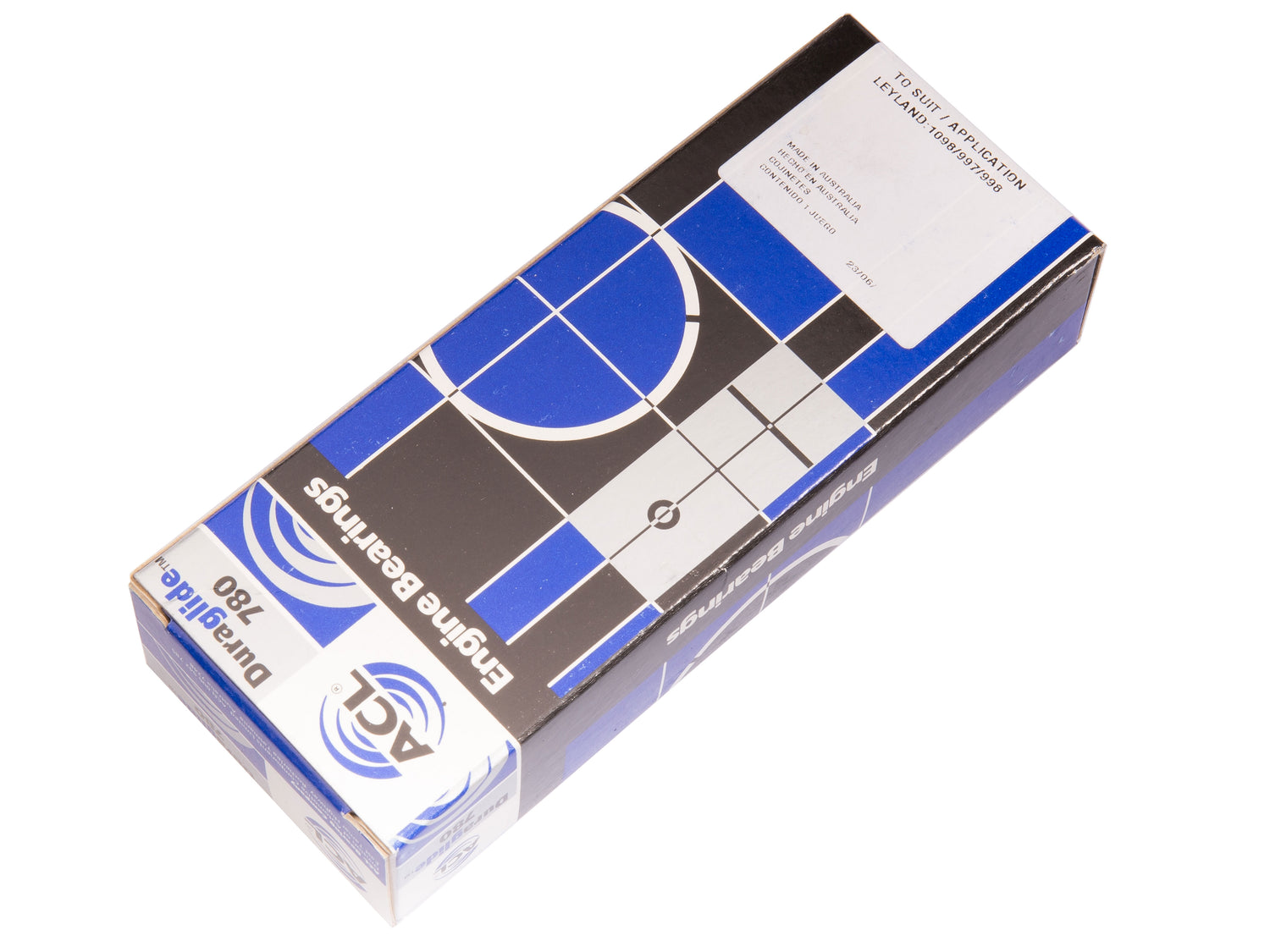Essential Upgrades to Transform Your Classic Mini
Introduction: Why Upgrade Your Classic Mini?
From the very early days of production, the classic Mini has been modified, customised and - hopefully - enhanced by enthusiastic owners.
When you visit a modern MINI showroom today, or any marque for that matter, you're inundated with optional extras for a new car. But back when the classic Mini was still available new, options were limited, the spec usually restricted to a few different models with a handful of colours. Plus, these were budget-friendly cars to get mobile, rather than a luxury purchase. In the early commercial Mini Vans and Pick-ups, a passenger seat and sun visor weren't even included as standard!

So it was no wonder that as the car gained widespread popularity, an aftermarket industry soon developed to cater for customisation. The classic Mini is full of character, and has always been a tempting car to modify at home, with the results often enhancing the performance and reflecting the owner's personal taste.
As standard, the Mini is a fun drive, cheeky, but no a fire-breathing monster, and the grip levels are no match for a modern performance car tyres. But with an easily tuneable A-Series engine, and a huge range of handling and braking upgrades on the market, with basic tools you can really transform the car to suit modern driving, or perhaps a trackday or two if that's your aim!

With over 60 years of aftermarket development, there is a huge scope for classic Mini upgrades; a blank canvas if you like. Here are five areas that are most searched for online by Mini owners looking to improve their cars...
Engine Enhancements: Power Up Your Mini
We could dedicate an entire book to tuning the A-Series engine, many have, but as an introduction to modifications, let's start with the easy bolt-on upgrades.
One of the best value for money bolt-on upgrades comes with our MED stub stack air filter kits, improving air flow through the carburettor. This is oversimplifying things massively, but the more fuel and air the engine can ingest and combust, and the more efficiently the spent exhaust gases can escape, the more power will be produced.

So also look at the exhaust manifold and system, such as the Road Competition LCB and matching Maniflow RCM Exhaust system, which are ideal for a high performance road-going 1275.
Next you may wish to further enhance the engine breathing with a set of MED 1.5 roller rockers, which will give more valve lift than the standard setup, while reducing wear to the valve stems and guides. With the valves opening further, improved gas flow can be achieved.

If the budget allows, the standard A-Series five-port cylinder head should be upgraded next as a bolt-on upgrade. The MED Road Competition cylinder head will unleash a considerable performance increase, even on a standard bottom end. We have seen a genuine 20bhp increase by bolting on a well modified cylinder head.
Don't forget a new BK450 head gasket and set of dependable classic Mini ARP head studs for peace of mind.

To enhance engine balance and acceleration, also consider an MED lightweight steel flywheel upgrade. For more information on the affects of the flywheel upgrade, please see - Classic Mini flywheel upgrades.
That completes the most popular bolt-on upgrades; from here you're into a deeper engine rebuild and upgrade programme, and we can help with virtually every part of the classic Mini A-Series engine.
If you're unsure how far you wish to go, and the kind of performance and longevity you're after, we'd be happy to help advise further over the phone or by email. Everyone has a different aim, taste and budget in mind.

The main considerations for a fast road Mini would be improving the balance of the rotating assembly and reducing weight, with careful timing of the valves. This can be enhanced with an upgraded MED camshaft kit. Match this up with an Aldon electronic distributor kit, plus all new engine bearings and gaskets, and you're well on the way to increased performance.

For fast road applications, you cannot go wrong with a set of Omega diecast pistons, and here at MED we keep a vast range for the A-Series engine. Going racing? Take a look at our MED Steel A-Series crankshafts and Omega forged lightweight pistons.
Don't forget that whichever path you follow, plan your upgrades carefully to work in harmony, take your time with the details and have the engine properly setup once complete, or you may be left disappointed.
Suspension and Handling: Achieve a Smoother Ride
Ok, so we didn't come up with these sub headings, but thought the idea of a smooth-riding Mini quite amusing. 'Bouncy' would probably be a better description of a classic Mini's ride quality! Unless of course you have the luxury of 1960s Hydrolastic suspension in good working order, an interconnected fluid-based system that gives a fairly smooth ride.

The Mini was envisioned to have Hydrolastic from the beginning, but a rushed development time delayed its introduction until 1964, and costs and added complexity saw its departure in 1971. Instead we mostly have the rubber suspension cone, developed by the pioneering late British engineer Alex Moulton CBE.
Despite the simplicity of the classic Mini's rubber springs, their conical shape gives a very effective rising rate. As the suspension compresses, so the spring rate increases to reduce body roll. To achieve a similar effect with coiled steel would require a far longer spring than can be accommodated by the compact Mini front and rear subframes.

It was revolutionary stuff in 1959, and like the A-Series engine, the rubber suspension spring and little wheels go hand-in-hand with the character of the Mini.
So how to transform the suspension of your classic Mini? It depends on whether you're planning long comfortable road trips, spirited weekend jaunts or competition usage. This Classic Mini Suspension Setup Guide is a really useful introduction for high performance cars.
The best tip for road use and a smoother ride would be to regularly refresh the rubber suspension cones, as they have a tendency to compress over time, eventually becoming very hard and squashed. The Competition Red rubber cones are actually surprisingly supple here for road use.
The MED adjustable height kit has a specially developed profile to give the best support for the rubber cones, and we'd recommend this for any high quality setup, road or race.

Also opt for a premium damper. We stock high-end Nitron suspension for the classic Mini, which is in another level to the standard production dampers. However, so is the price point - perhaps a bit much for a road car on a more restrictive budget. For this, we've had the best results from Bilstein non-adjustable dampers.
Finally, don't underestimate how much suspension travel is in fact coming from the Mini's tyre sidewalls. Not only do 10" wheels weigh less than a similar 12" or 13" wheel, the tyre also has a large profile, which significantly improves ride quality over the low-profile 13s. For improved handling and ride quality, go with the original formula and roll on 10s.
Braking Systems: Stopping Power You Can Rely On
Classic Minis are not renowned for face-bending braking power, but there's plenty you can do to improve things, for safety as much as performance.
Spend a little more on high performance brake discs and performance brake pads, and you will have a setup that can withstand even heavy competition usage. Choose a high temperature brake fluid if you're likely to encounter prolonged heavy braking, as it is relatively easy to overwhelm and even boil the standard fluid. Brake fade on a mountain pass can be alarming, to say the least.

These days we'd consider front disc brakes to be essential for modern traffic, as although twin leading shoe drum brakes can be quite affective, they do take more regular maintenance to stay in tip-top condition. Left unattended, drum brakes are no match for a set of 7.5" Cooper S discs, or the later 8.4" setup.
On the rear, a set of lightweight alloy drums makes a good upgrade, but braking power is usually more than adequate with the standard setup. Having stronger brakes at the rear is more likely to have you facing in the opposite direction, as the Mini is so front-heavy, it is easy to lock the rears even as standard.
Most rear disc conversions are there to save weight, or look nice, rather than improve braking performance. On full race Minis, an adjustable bias valve is often used to back the rear braking power right off, favouring strong front brakes to assist handling and turn-in.

Something we would consider essential for any Mini that's driven enthusiastically are a set of Goodridge braided brake lines. These last much longer than the standard flexible hoses and help to maintain a firm brake pedal, where the standard hoses can expand under pressure.
Talking of which, do you need a Cooper S remote servo, or the later bulkhead-mounted Mini servo? The servo amplifies pedal power, but does not actually increase braking performance.
On a non-servo-assisted classic Mini, you can still lock up the front wheels, so we would usually run without a servo and just get used to pressing the middle pedal harder. It saves weight and complexity if you are strong enough in the leg department.
Interior Comfort and Style: Modernise the Cabin
If you're looking to improve comfort of the classic Mini, the seats play a huge role. Modern race seats may hold you firmly in place for trackdays and competition, but used for long distance driving, you can soon develop a numb bum.
Instead we would either retain the standard seats, which can be surprisingly comfortable, or look towards a plush classic-style bucket seat. In Project 63 we opted for a pair of Cobra Classics, custom trimmed in a basic 850 style tweed material, and these are supremely comfortable with good support.

When going aftermarket, look for a seat with generous padding, as the Mini's firm ride can be diluted with a softer seat cushion. There are plentiful options out there, from the main brands such as Cobra and Corbeau, to more original looking Newton Commercial buckets. Avoid cheap imported bucket seats, as you cannot usually see the quality of welding on seat frames, and they're rarely tested for safety.

If you prefer standard Mini seats, the most plush came in the final MPi Minis, based on an MGF tilting seat, but taller drivers may get on better with earlier low-back seats. Lengthened seat rails will help avoid 'Mini ankle' for taller drivers. If you've not heard of this term, take a Mini out for a few hours and report back..!
Sound proofing plays a role in comfort for sure, but there is a limit to how quiet a classic Mini can be. From experience of spending many thousands on sound deadening products and being disappointed with the results, we can recommend a thick bulkhead liner to try and stifle induction noise. This gives the best value noise reduction.
From here, cover 25% of each panel with a foil-backed bitumen deadener, like Dynamat, to reduce resonance. Cover with a foam liner all over the floors and roof before refitting plush carpets and over-mats. That will give you the most comfort for your ears, without needing to remortgage the house.

Either that or embrace the noise, strip out the interior, install your rollcage, bucket seats, harnesses and go light and loud. The choice is yours!
Whichever route you follow, we keep a range of stunning Racetech tachometers and ancillary gauges, which will help you monitor engine performance in depth. These lightweight gauges look equally at home in a classic original Mini, stripped-out race car or plush road trip machine.

Maintenance Considerations: Keeping Your Upgrades in Top Shape
So you've customised your engine with an uprated A-Series engine, fancy Cooper S running gear, Nitron suspension and a trick interior. Now you've just got to stay on top of the maintenance.
If you haven't already got a Haynes manual, these should be your go-to advice for regular maintenance, fixes and torque settings. Yes there is a lot of good information online, on Facebook groups and forums, but start with the manual or you could end up going in circles.

The internet has a habit of reflecting whatever you type in, whereas the Haynes manual doesn't budge. Ok, so these manuals are not perfect, but DIY enthusiasts new to the Mini would be lost without them.
The key to maintenance is little and often, so change the oil on a frequent basis. We would suggest an oil and filter change at least once a year, or 5000 miles. The engine and gearbox share their oil, unusually, so make sure to use a 20w50 oil formulated with high levels of ZDPP, preferably mineral or semi-synthetic.
Do not be tempted by modern fully-synthetic oils, as the A-Series is an older engine with larger tolerances than your modern production car, and without separate transmission oil should something go wrong in the gearbox. An extra strong magnetic sump plug is also a wise investment.

Regularly check and adjust tappet clearances, and look to fix oil leaks as soon as you see them. A clean Mini engine bay is far easier to monitor than a grubby one. It could just be from a leaking rocker cover, or something more major such as the primary gear clutch oil seal.
We keep a gear change anti-leak kit for the later rod change setup, and also make an uprated classic Mini timing cover to help in this troublesome area. Completely eradicating oil leaks on the classic Mini can be difficult, but it's possible to vastly improve matters with a few select upgrades.
It might sound daft, but regular car washes can be considered as routine maintenance, as despite slicing your arms to shreds on the front and rear classic Mini bumpers, you'll quickly see damaged or missing bits of trim, or dreaded rust bubbles emerging. Spot them early and it can be a quick rust treatment fix, leave them for months and things can become expensive very quickly.
Elsewhere, take a look at our cooling system upgrades, including UK-made uprated performance classic Mini radiators, 1960s-style silicone hose kits and high quality water pumps.

On the ignition front, we keep a range of electronic Aldon distributors, a huge upgrade over the standard points-equipped units, Magnecor HT leads, which are incredibly durable, and a select range of NGK spark plugs, which we would refresh every few years depending on mileage.
If you are fortunate to have one of the MED stub stack systems installed, these are pre-oiled and should last for 12 months before needing a refresh, which can easily be done at home with the correct ITG cleaning kit.
Also don't forget that a Mini can be easily serviced at home with basic tools. The suspension joints and arms, for example, can be re-greased with a grease gun rather than replaced. Most of the fixings can be removed with basic imperial sockets and spanners, and you're unlikely to ever need a computer to diagnose faults like a modern car.
Conclusion: Unlock Your Mini’s Full Potential
So there you go, a brief introduction to transforming your classic Mini for performance, reliability and to really make it your own. The key is to keep on top of the regular maintenance, and if you are planning some customisation, have a firm idea on how you're going to use and enjoy the car.
Don't be afraid to have a go, and if you get stuck, give us a call and we can make some further recommendations on the products to help achieve your dream classic Mini!
September 2024




